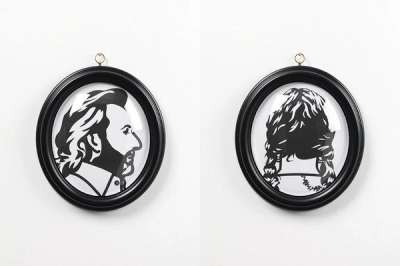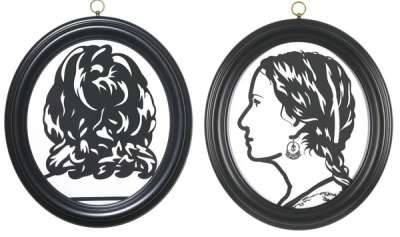
Luc And Ludivine Get Married. (pair 04)

Luc And Ludivine Get Married. (pair 04)
Signed Print
Julian Opie
£6,500-£9,500Value Indicator
$12,500-$19,000 Value Indicator
$11,500-$17,000 Value Indicator
¥60,000-¥90,000 Value Indicator
€8,000-€11,500 Value Indicator
$70,000-$100,000 Value Indicator
¥1,270,000-¥1,860,000 Value Indicator
$8,500-$12,500 Value Indicator
AAGR (5 years) This estimate blends recent public auction records with our own private sale data and network demand.
There aren't enough data points on this work for a comprehensive result. Please speak to a specialist by making an enquiry.
Medium: Digital Print
Edition size: 10
Year: 2007
Size: H 40cm x W 49cmx D 7cm
Signed: Yes
Format: Signed Print
Track this artwork in realtime
Watch artwork, manage valuations, track your portfolio and return against your collection
Track auction value trend
Auction Results
| Auction Date | Auction House | Location | Hammer Price | Return to Seller | Buyer Paid |
|---|---|---|---|---|---|
| January 2020 | Phillips London | United Kingdom | |||
| June 2016 | Phillips London | United Kingdom | |||
| June 2012 | Ketterer Kunst Hamburg | Germany | |||
| June 2012 | Ketterer Kunst Hamburg | Germany |
Meaning & Analysis
Luc And Ludivine Get Married (pair 04) is a work by Julian Opie from his 2007 Luc And Ludivine Get Married series that shows two individual portraits of a man and woman. Presented in elliptical frames and blown domed glazing, the man faces away from the viewer, showing only the back of his head and the woman is depicted facing outwards.
This series is indicative of the way in which Opie liked to investigate both visual and verbal labels in his work, creating an extremely simplified visual language that appears like a series of signs. Luc And Ludivine Get Married, along with many other portrait prints in the artist’s oeuvre, is titled with the sitters’ names and relationship, emphasising the way that Opie sought to use as little information as possible to create a distinctly recognisable portrait. Opie’s portraits like this reveal the dehumanising effects of extreme digital simplification due to the sitters’ blank expressions.
The works in Opie’s Luc And Ludivine Get Married series show each figure in one of four poses, rendering them in different combinations of the poses thus making each composition unique across the series. This series is indicative of Opie’s desire to work with one idea across a number of different compositions, producing many versions of the same subject.
Julian Opie, born in 1958, dances through the contemporary art scene with a distinctive digital allure. A trailblazer of the 1980s New British Sculpture movement, Opie's work is a highly stylised blend of Pop Art and minimalism which navigates the intersection of technology and visual expression. From his early experiments with computer-generated art to his iconic portraits and animated installations, Opie's work exudes a captivating simplicity. His signature style, marked by bold lines and reduced forms, is internationally recognisable and has made him a key player in British contemporary art.














